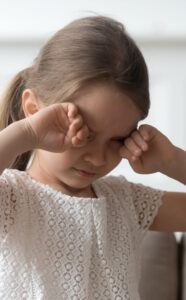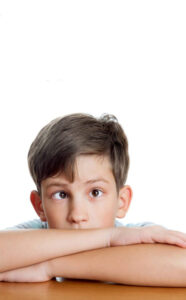TAKE CARE OF YOUR CHILDS VISION (ADVANCED MYOPIA MANAGEMENT)
Myopia management aims to both delay onset and slow progression of short-sightedness in children. Evidence-based care combines lifestyle advice, optical treatments and, when indicated, medication, all by regular eye examinations.
Boost Outdoor Exposure: Spending two or more hours outside each day lowers the likelihood of becoming myopic and modestly reduces yearly progression once myopia has begun.
Limit Continuous Near and Screen Work: Risk rises by roughly 20% for every extra hour of daily digital-screen use, especially when tasks are performed closer than 30 cm or without breaks. Encourage the 20-20-20 rule (look 20 ft away for 20 s every 20 min).
Optical Interventions:
– Myopia-control spectacle lenses that incorporate peripheral “defocus” segments (e.g., DIMS or similar designs) cut progression around 50% over three years.
– Daily disposable dual-focus soft contact lenses (MiSight 1 day) sustain a 40–60% slowdown in refractive change and axial elongation through at least six years.
– Overnight orthokeratology lenses flatten the central cornea and produce a comparable 40–60% reduction in axial growth, with safety comparable to other contact-lens wear when proper hygiene is followed.
Medication: Low-dose pharmacologic drops (e.g., atropine 0.01–0.05%) remain the best-studied drug option, typically achieving 15–60% slowing with minimal light sensitivity or near-blur at the lower concentrations.
Ongoing monitoring: Annual cycloplegic refraction and axial-length measurements allow timely adjustment of therapy and ensure that visual acuity is fully corrected while progression is tracked.
Combining these measures—more daylight, sensible screen habits, an individualized optical or medicinal intervention, and consistent follow-up—provides the greatest chance of protecting a child’s long-term vision health.
Symptoms of Myopia



